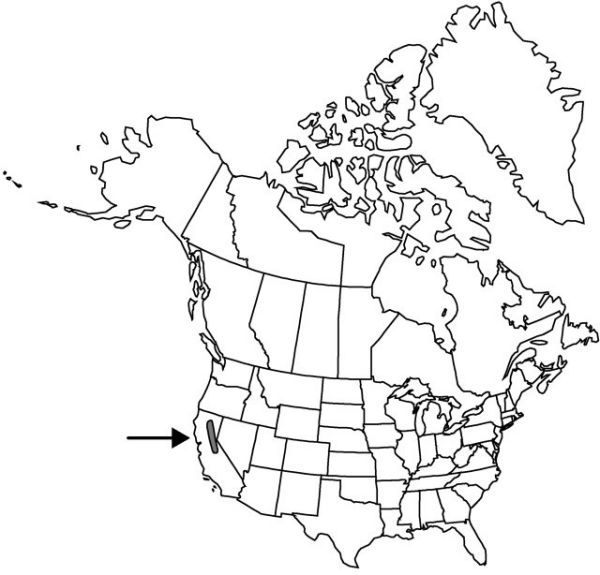Difference between revisions of "Erythronium multiscapideum"
Muhlenbergia 3: 137. 1908.
FNA>Volume Importer |
imported>Volume Importer |
||
| Line 8: | Line 8: | ||
}} | }} | ||
|common_names=Sierra foothills fawn-lily | |common_names=Sierra foothills fawn-lily | ||
| + | |special_status={{Treatment/ID/Special_status | ||
| + | |code=E | ||
| + | |label=Endemic | ||
| + | }} | ||
|basionyms={{Treatment/ID/Basionym | |basionyms={{Treatment/ID/Basionym | ||
|name=Fritillaria multiscapidea | |name=Fritillaria multiscapidea | ||
| Line 52: | Line 56: | ||
|publication title=Muhlenbergia | |publication title=Muhlenbergia | ||
|publication year=1908 | |publication year=1908 | ||
| − | |special status= | + | |special status=Endemic |
| − | |source xml=https:// | + | |source xml=https://bibilujan@bitbucket.org/aafc-mbb/fna-data-curation.git/src/bb6b7e3a7de7d3b7888a1ad48c7fd8f5c722d8d6/coarse_grained_fna_xml/V26/V26_267.xml |
|genus=Erythronium | |genus=Erythronium | ||
|species=Erythronium multiscapideum | |species=Erythronium multiscapideum | ||
Revision as of 22:16, 27 May 2020
Bulbs ovoid, 20–50 mm, producing bulbels (usually 1–3 per parent bulb) at ends of long, slender stolons. Leaves 4–16 cm; blade mottled with irregular streaks of brown or white, ± lanceolate, margins entire to wavy. Scape 8–23 cm, branching just above leaves near ground level when flowers more than 1. Inflorescences 1–4-flowered. Flowers: flowering individuals generally uncommon in populations, most plants 1-leaved and vegetative; tepals white to cream with yellow base, broadly lanceolate to elliptic, 16–40 mm, inner with small auricles at base; stamens 10–15 mm; filaments white, linear, slender, less than 0.8 mm wide; anthers white to cream; style white, 10–13 mm; stigma unlobed or with recurved lobes 1–4 mm. Capsules obovoid, 2–5 cm. 2n = 24.
Phenology: Flowering spring (Mar–Apr).
Habitat: Open woods, brushy slopes, sometimes on serpentines
Elevation: 400–1000 m
Discussion
Erythronium multiscapideum is unusual among western species (and resembles some eastern species) in its tendency to reproduce vegetatively through the production of bulbels at the ends of stolons. It is similar in many respects to E. californicum and sometimes intergrades with it, resulting in occasional populations with the bulb characteristics of one species and the inflorescence branching pattern of the other.
Selected References
None.
